Results
-
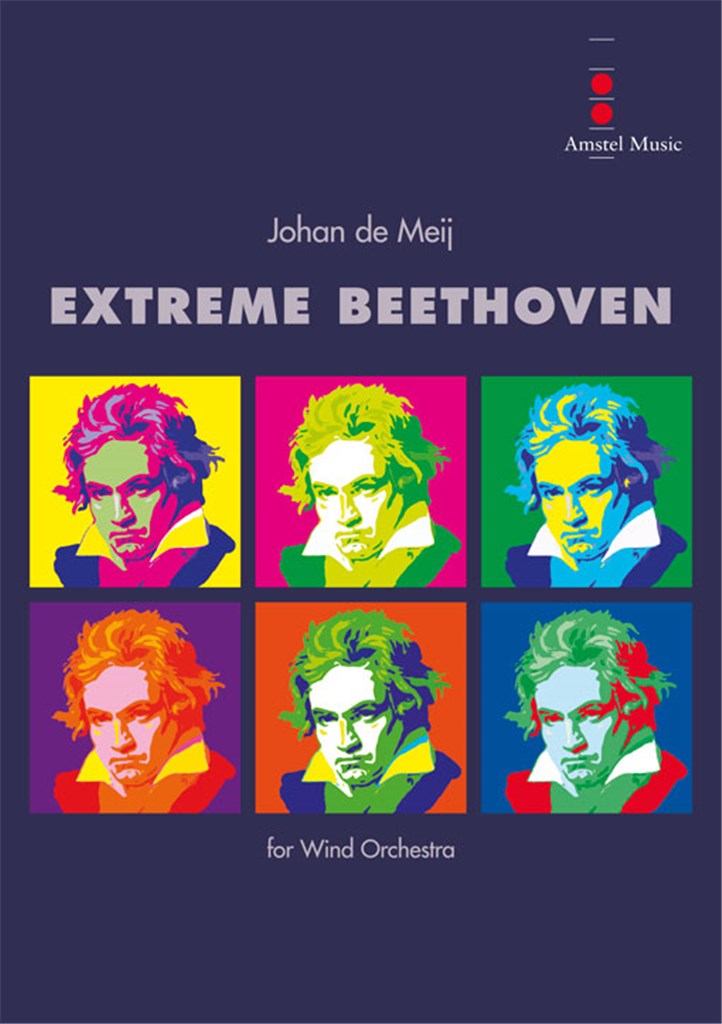 £254.00
£254.00Extreme Beethoven (Concert Band - Score and Parts) - De Meij, Johan
Extreme Beethoven is based on a similar concept as its illustrious predecessor, Extreme Makeover. Melodies from Beethoven's great treasure trove of themes and motifs are quoted, embellished, compressed, repeated in minimalistic patterns, contrapuntally treated or placed within a new context. This unusual work stems from Johan de Meij's deep admiration for one of the greatest composers of all time.Duration: 18:15
Estimated dispatch 7-14 working days
-
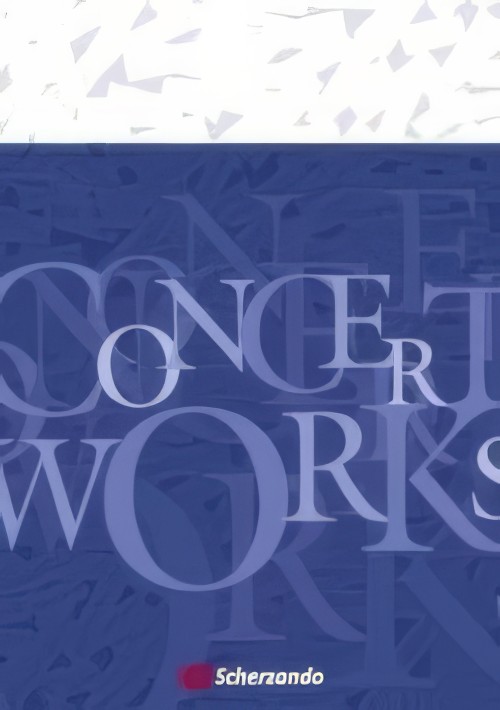 £179.99
£179.99The Golden Gryphon (Concert Band - Score and Parts) - De Haes, Tom
The Golden Gryphon by Tom De Haes portrays three distinguished characteristics of this fascinating mythical beast: the gryphon as guardian of the divine mystery; the winged gryphon, pulling the chariot of the sun god Helios; and the gryphon as heroic, invincible creature. The composition begins mysteriously, before the appearance of the three themes - at first individually, and then contrapuntally combined. A majestic chorale leads us finally to a dignified ending.Duration: 12.00
Estimated dispatch 7-14 working days
-
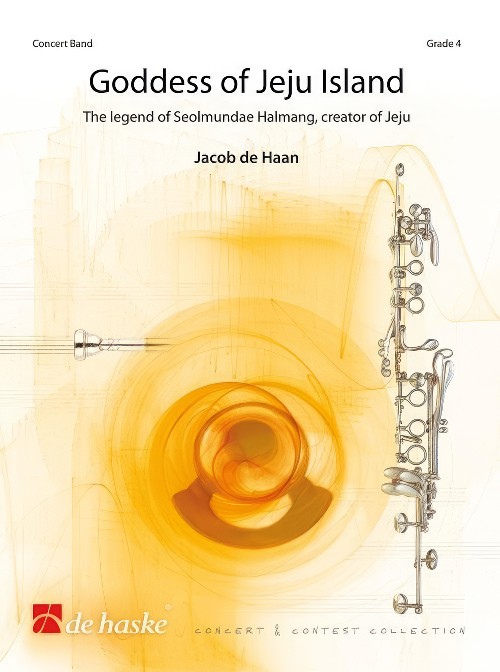 £149.99
£149.99Goddess of Jeju Island (Concert Band - Score and Parts) - De Haan, Jacob
This work is based on an old folksong from Jeju, an island off the coast of South Korea. The song tells of the legend of the origins of the island through a volcano, the embodiment of a goddess. Along with various treatments of the folksong melody Jacob de Haan weaves into his work a repeating majestic theme to honour the goddess and powerful robust passages symbolising the powerful forces of nature that brought forth the island.Duration: 9:15
Estimated dispatch 7-14 working days
-
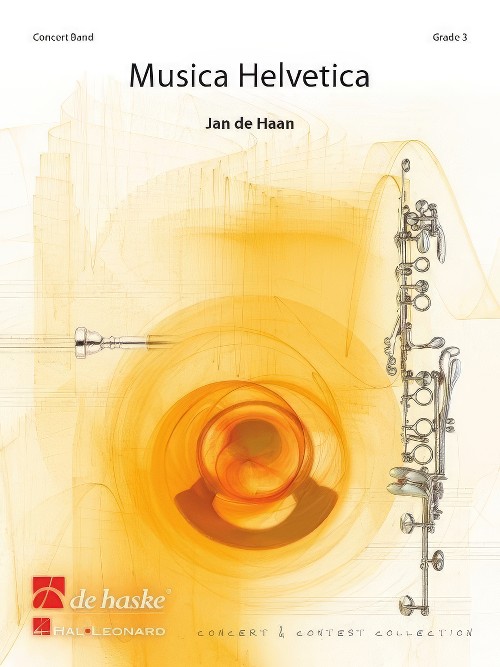 £149.99
£149.99Musica Helvetica (Concert Band - Score and Parts) - De Haan, Jan
Every year a competition for wind orchestras and brass bands takes place in Wallberg, Switzerland. Apart from a hymn and a solo piece, all orchestras also have a compulsory piece to play. The commission to create a compulsory piece for the 2012 competition fell to Jan de Haan. The composition is entitled Musica Helvetica. It takes the form of a three-part concert work, in which the last two parts flow directly from one to the other. The first part, Musica Prima, is a brisk virtuoso opening with jazz flavours woven in. The following section, Musica Sacra, offers a contrast with an extraordinarily colourful instrumentation for the gorgeous main theme. The final part, Musica Alpina, is inspired by the great variety of scenery in Switzerland. With its witty humour it makes a worthy conclusion to this beautiful tryptich.Duration: 12.00
Estimated dispatch 7-14 working days
-
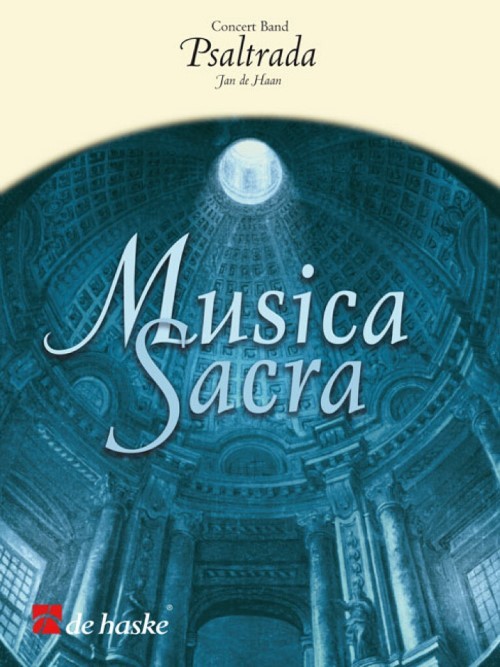 £72.99
£72.99Psaltrada (Concert Band - Score and Parts) - De Haan, Jan
The title of this piece gives a clue as to how it came about: Jan de Haan took the setting of psalm 149 from the Geneva Psalter of 1562 and created from this simple, beautiful melody a glorious, lively opening work for concert band. So it was that from a psalm and an intrada (prelude) a Psaltrada was born - for you to begin your next concert in splendid fashion.Duration: 1:45
Estimated dispatch 7-14 working days
-
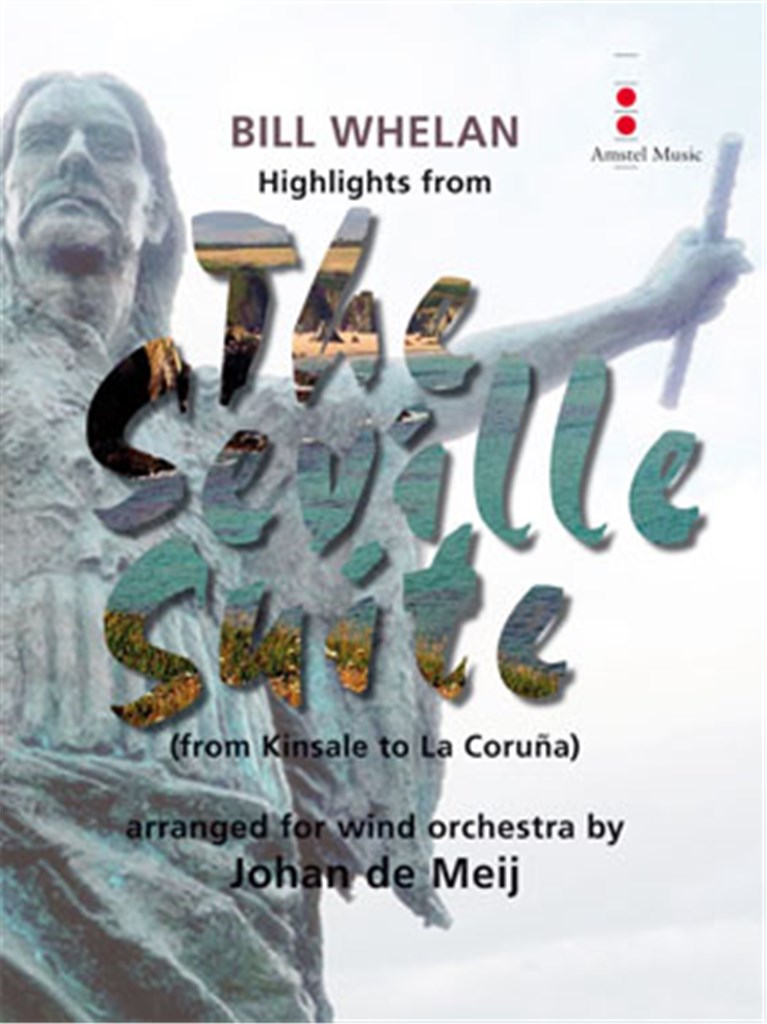 £173.00
£173.00The Seville Suite, Highlights from (Concert Band - Score and Parts) - Whelan, Bill - De Meij, Johan
The success of Bill Whelan's Riverdance evolved from a concept for music and dance that he established earlier with The Seville Suite, his first major orchestral composition. The Seville Suite was commissioned for Ireland's National Day at the World Expo 1992 in Seville, Spain. Through the score, Whelan tells the story of legendary Irish war hero Red Hugh O'Donnell. At a mere 21 years of age, O'Donnell successfully led a rebellion against the English government in 1593. Johan de Meij's arrangement is an adaptation featuring highlights from the original suite. Duration: 13.15
Estimated dispatch 7-14 working days
-
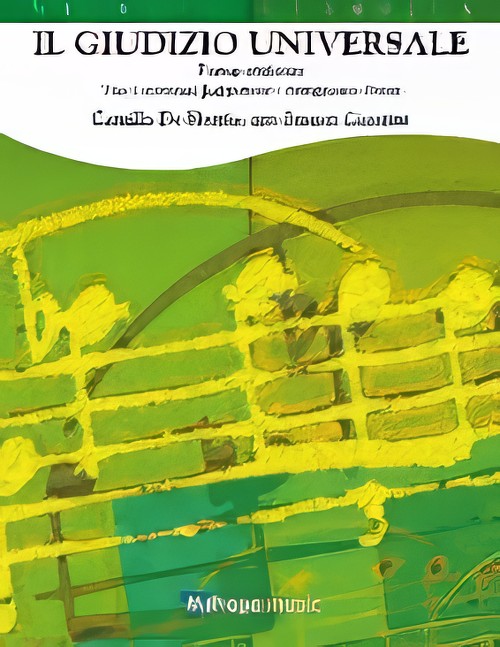 £139.99
£139.99Il Giudizio Universale (Concert Band - Score and Parts) - De Nardis, Camillo - Cesarini, Franco
Camillo De Nardis' Il giudizio universale (The Universal Judgement) was awarded first prize at the Competition for Band Composition held in Naples. This composition was inspired by Verdi's Requiem with its melodramatic style, sudden changes of atmosphere and imposing moments of fortissimo.Duration: 10:45
Estimated dispatch 7-14 working days
-
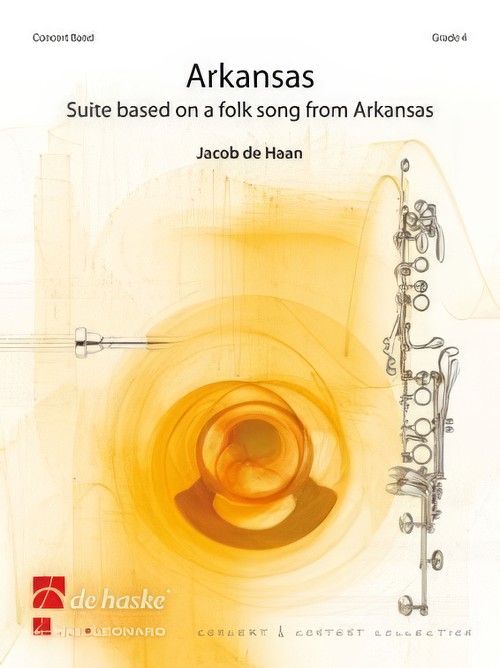 £154.99
£154.99Arkansas (Concert Band - Score and Parts) - De Haan, Jacob
The American state of Arkansas is often called 'the natural state' and 'the land of opportunity.' This piece belongs to Jacob de Haan's series of musical montages depicting various states in the USA, including Dakota, Oregon and Virginia. Arkansas is a suite in three movements based on a well-known native American folk song. It appears as a ballade, variations and finally accompanies a jazzy rhythm. The folk song helps provide continuity throughout the three movements. A perfect addition to any concert.Duration: 10:15
Estimated dispatch 7-14 working days
-
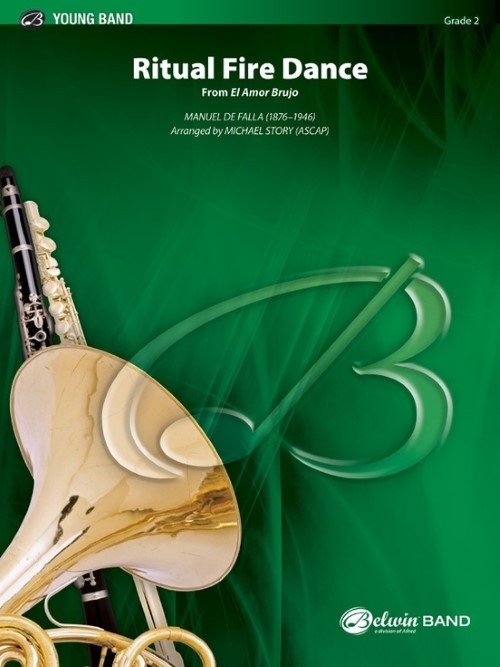 £53.95
£53.95Ritual Fire Dance (from El Amor Brujo) (Concert Band - Score and Parts) - De Falla, Manuel - Story, Michael
From de Falla's ballet El Amor Brujo the very familiar "Ritual Fire Dance" is scored especially for your young band from the pen of Michael Story. Beginning with the haunting sound of low trilling clarinets, the melody is initially stated by the alto voices. The dance in the opera takes place before a campfire and increases in energy and speed to a frenzied climax. A big sounding setting for your developing band!Duration: 2.15
Estimated dispatch 7-14 working days
-
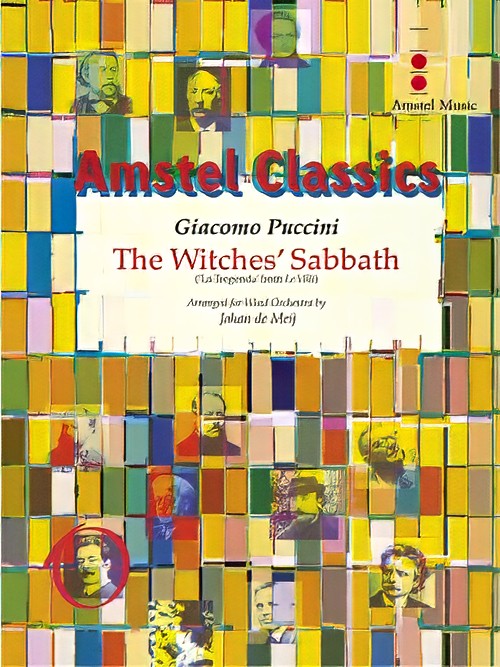 £87.00
£87.00The Witches' Sabbath (from Le Villi) (Concert Band - Score and Parts) - Puccini, Giacomo - De Meij, Johan
Puccini wrote two movements for a symphonic intermezzo between the two acts of his first opera, Le Villi, L'Abbandono (The Desertion) and La Tregenda (The Witches' Sabbath). The latter is extremely suitable to be performed by wind orchestra in this colourful transcription by Johan de Meij. Duration: 3.30
Estimated dispatch 7-14 working days
